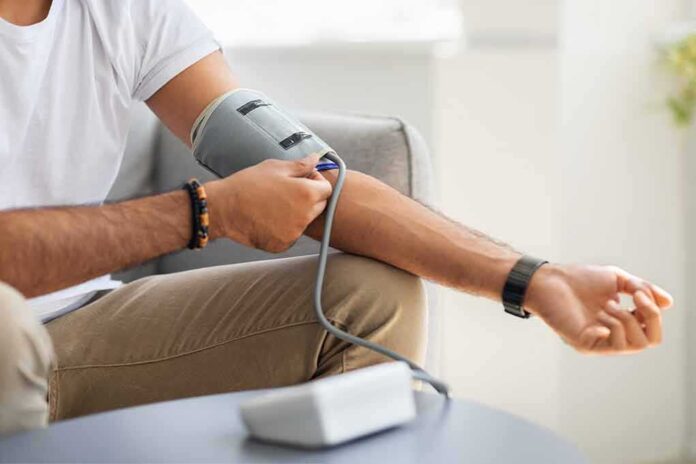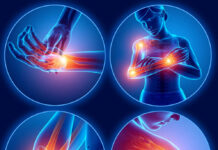
(GoHealthier.com) – No matter your health status or situation, everyone should understand what a blood pressure reading means. As part of any routine examination, you’ve likely had your blood pressure taken many times. It’s also something you can monitor at home. However, deciphering the blood pressure readings can be a bit confusing to anyone who hasn’t undergone medical training.
Let’s take a look at what those top and bottom blood pressure numbers mean, the factors that can affect your blood pressure, and the numbers considered within normal range. As always, it’s best to get an accurate blood pressure reading from a medical professional — and if you have any questions or concerns about your blood pressure, you should speak to your doctor right away.
The Difference Between Systolic and Diastolic Blood Pressure
Systolic blood pressure is the ‘top’ number, and diastolic blood pressure is the ‘bottom’ number. When a medical professional reads your number to you, it will usually sound like a fraction: “FirstNumber over SecondNumber.”
Decoding the Blood Pressure Numbers
What exactly does each of these blood pressure numbers mean? Let’s take a look.
The systolic number represents the pressure of force your heartbeat creates by pushing blood through the rest of your body via your arteries. The diastolic number represents that pressure between beats, when the heart is resting. During this time, your heart is getting oxygen and being filled with blood.
What Are Normal Blood Pressure Readings?
Normal blood pressure readings are officially below 120 for systolic and under 80 for diastolic. An elevated heart rate is represented by a systolic reading of 120-129.
Higher numbers can indicate hypertension, which is the medical term for high blood pressure. The Stage 1 hypertension number is 130-339 for systolic, 80-89 for diastolic; for Stage 2 it’s 140 or above for systolic and 90 or above for diastolic. If your numbers are over 180 or 120, respectively, it is a medical emergency and you should call 911.
If one of your numbers is high and the other is low, you might still have high blood pressure or another heart issue. For more information, speak with a medical professional.
What Happens if You Have High Blood Pressure?
If you’re diagnosed with high blood pressure, your doctor may suggest one or more treatments. Among those treatments are changes in diet and exercise, which can reduce blood pressure steadily and quickly. Your doctor may also proscribe medication such as lisinopril (water pill), effective for reducing blood pressure. Weight loss, exercise, and certain diets can all aid in the treatment of blood pressure.
Additionally, chronic stress can contribute to high blood pressure — and reducing that stress can lower your blood pressure. Your doctor may suggest mindfulness exercises and mental health therapy to complement medication and lifestyle changes.
Other factors can also help you lower cholesterol, including better quality sleep, a good sleep schedule, quitting smoking and limiting alcohol, lowering caffeine intake, and asking friends to positively support you in your journey.
Sodium Intake and High Blood Pressure
Salt is one of the contributing factors to high blood pressure for many people. You can reduce salt by cooking at home, so you can control the amount of salt in your food, be aware of food labels, eating fewer processed foods, and avoiding the temptation to add salt to your meals.
The amount of sodium you should consume depends upon your lifestyle and blood pressure, so ask your doctor. However, most adults should have 1,500 mg per day or less.
Whether you’ve found out about your high blood pressure through a routine exam or a cardiac event, there’s good news: it’s treatable, and there’s usually room to improve quickly.
Copyright 2024, GoHealthier.com














